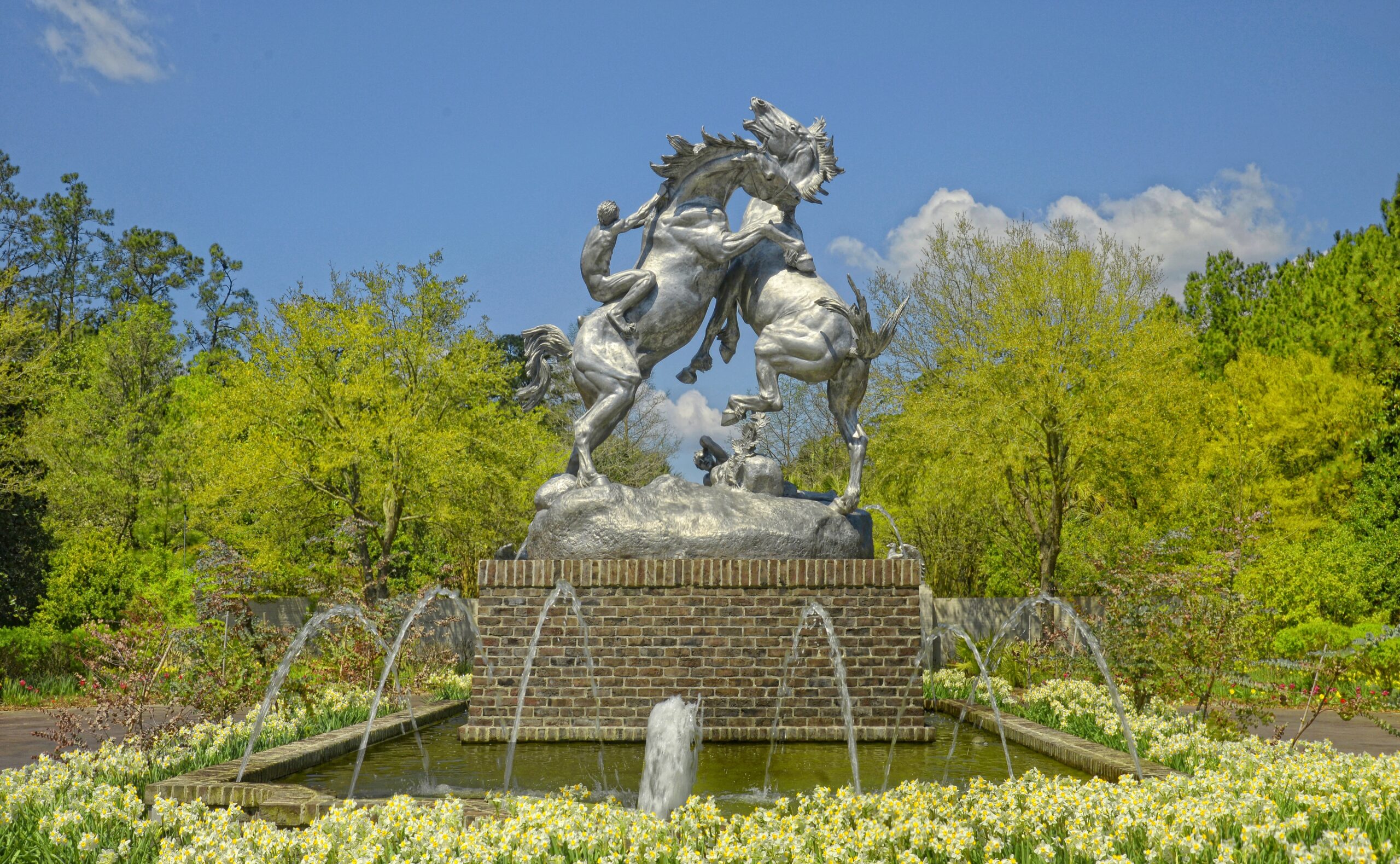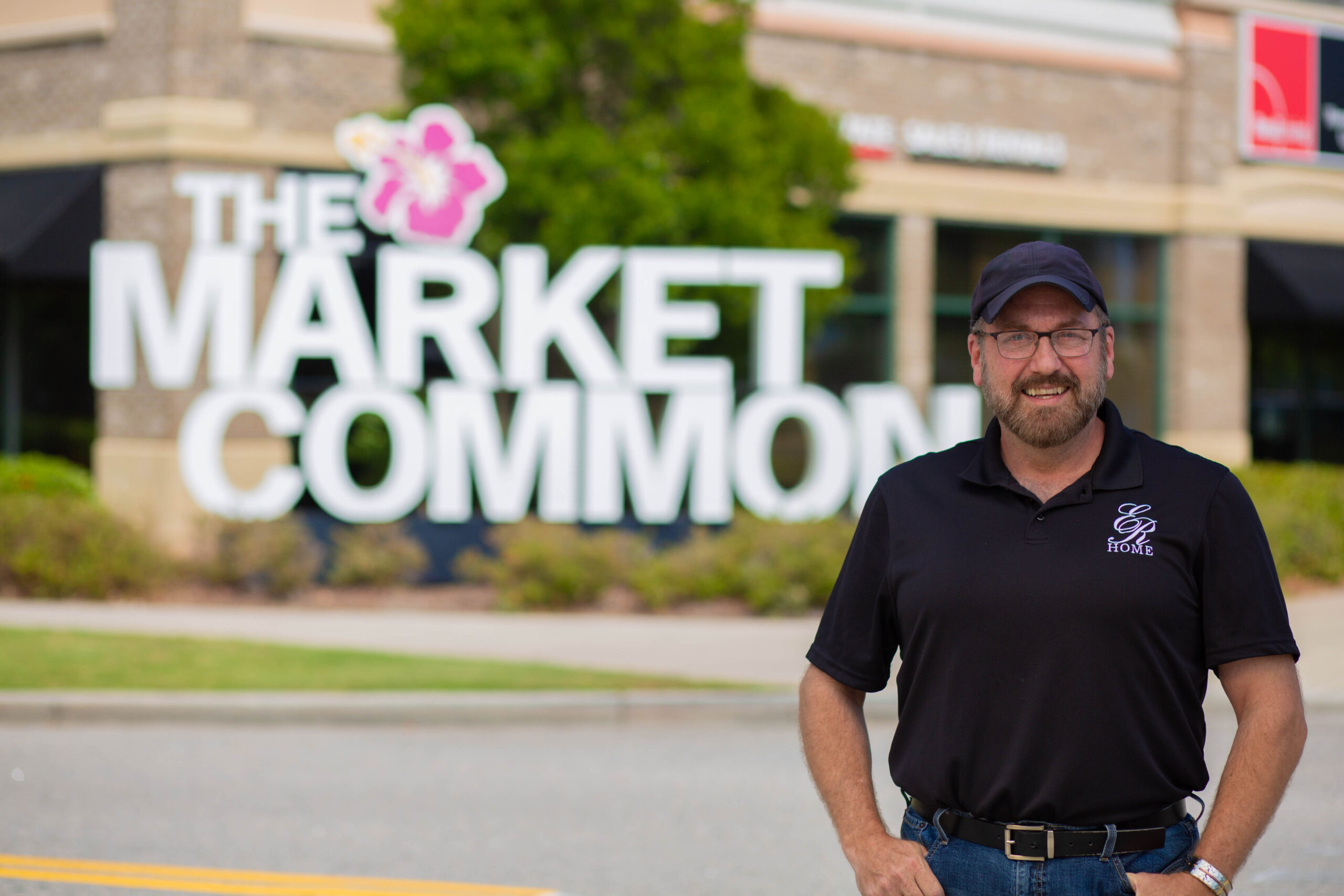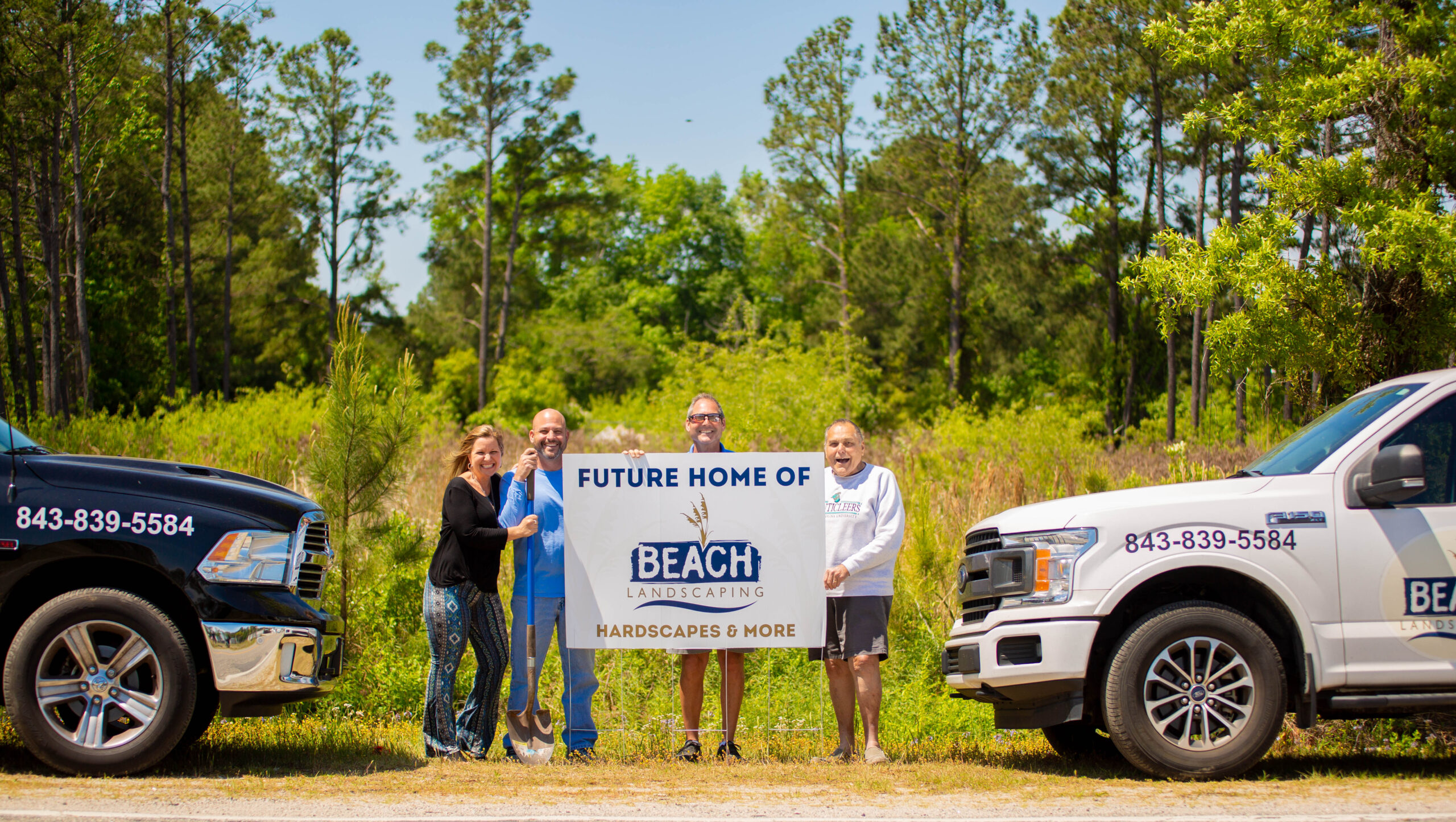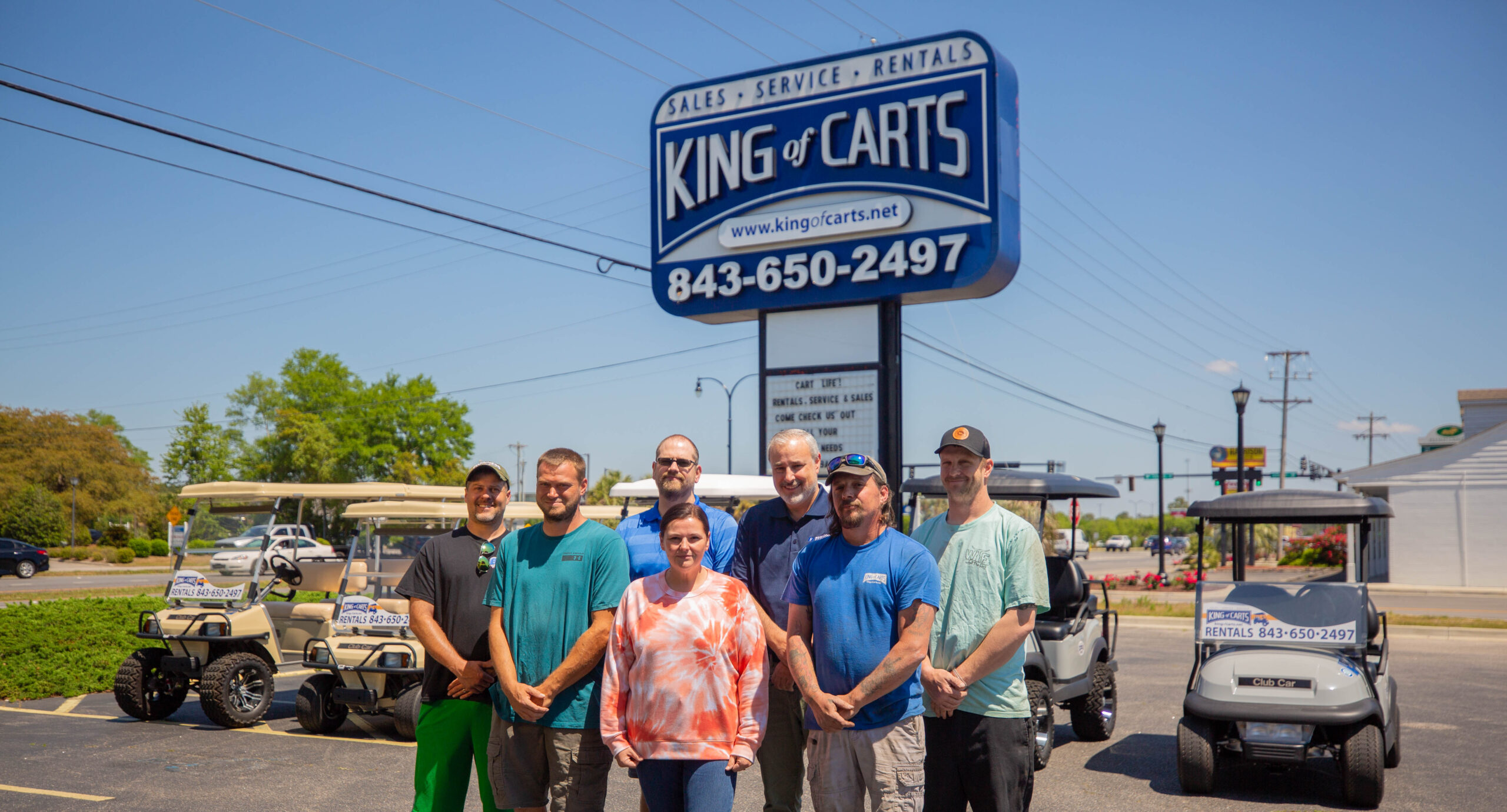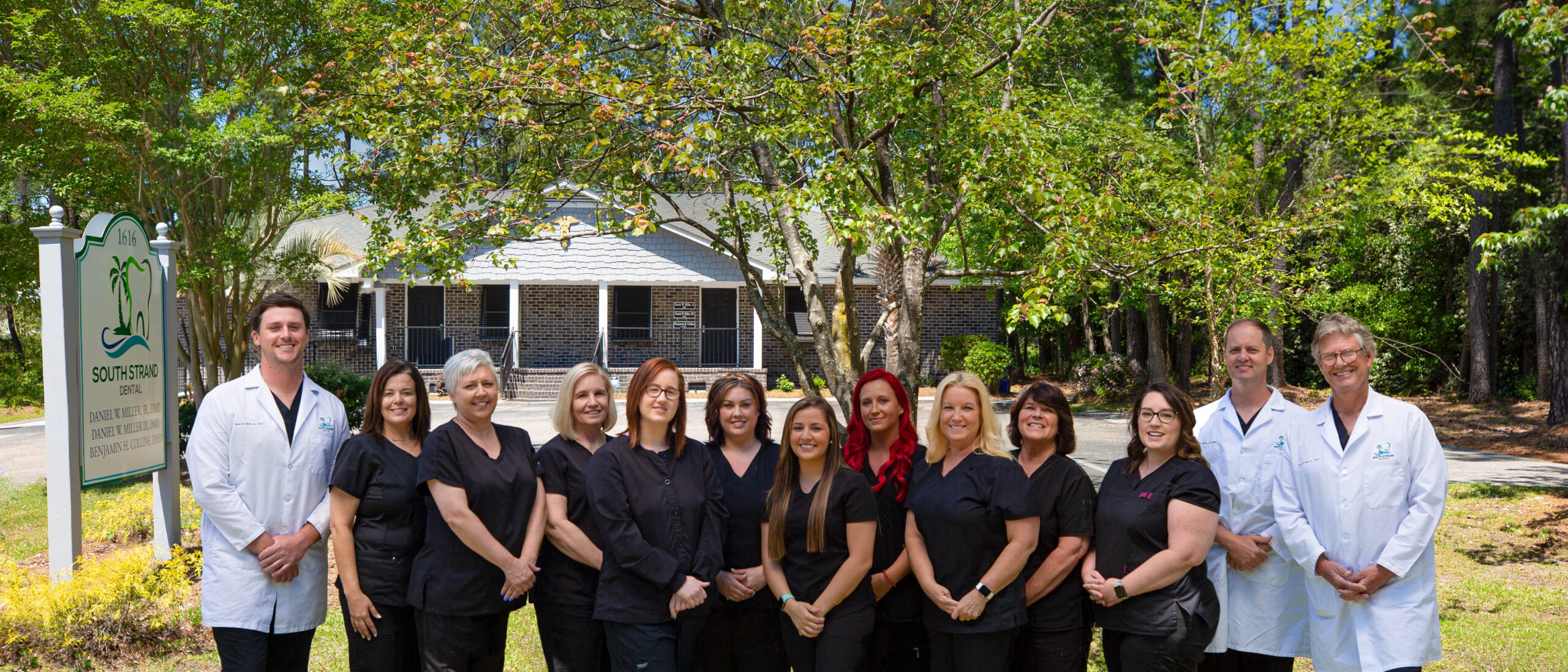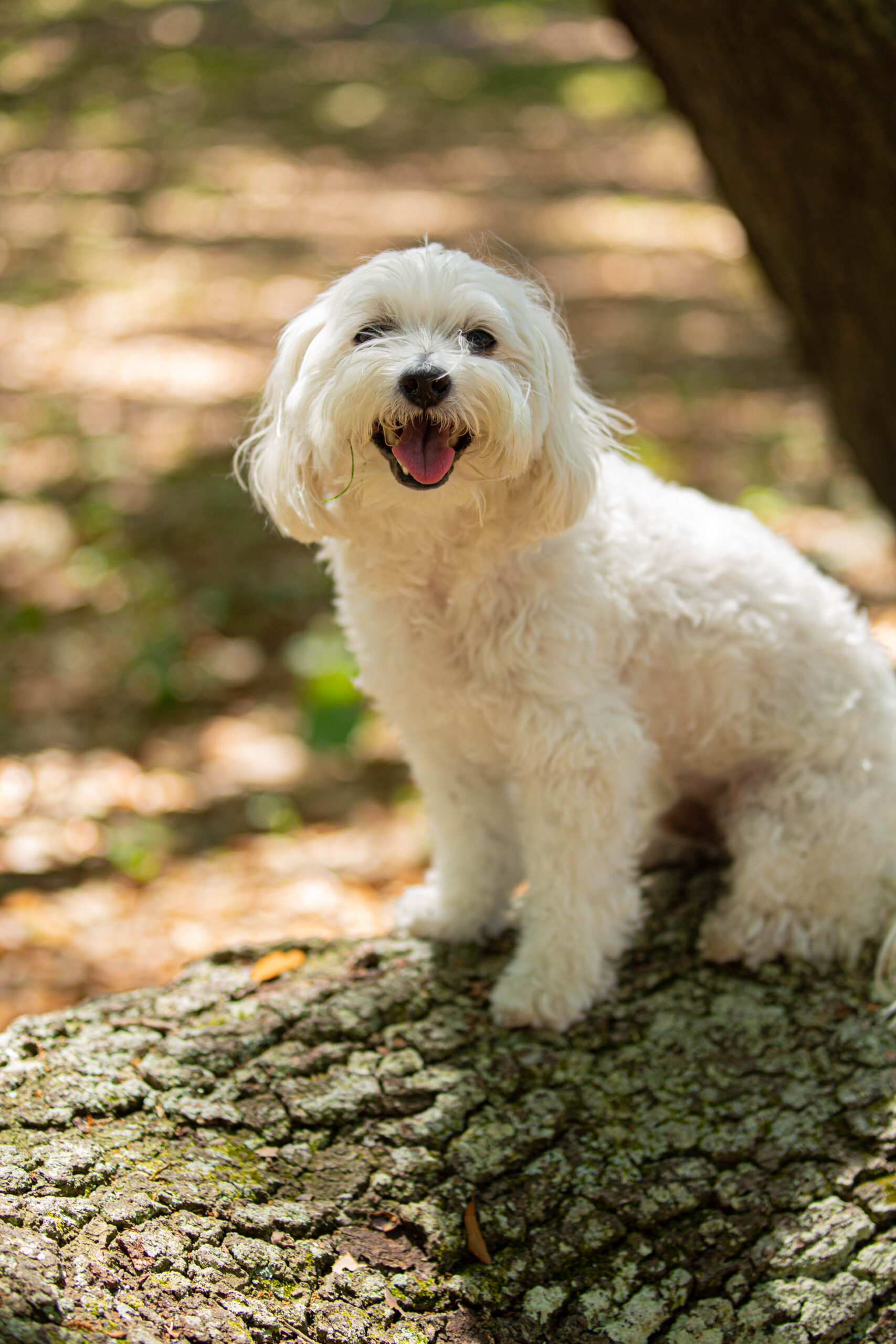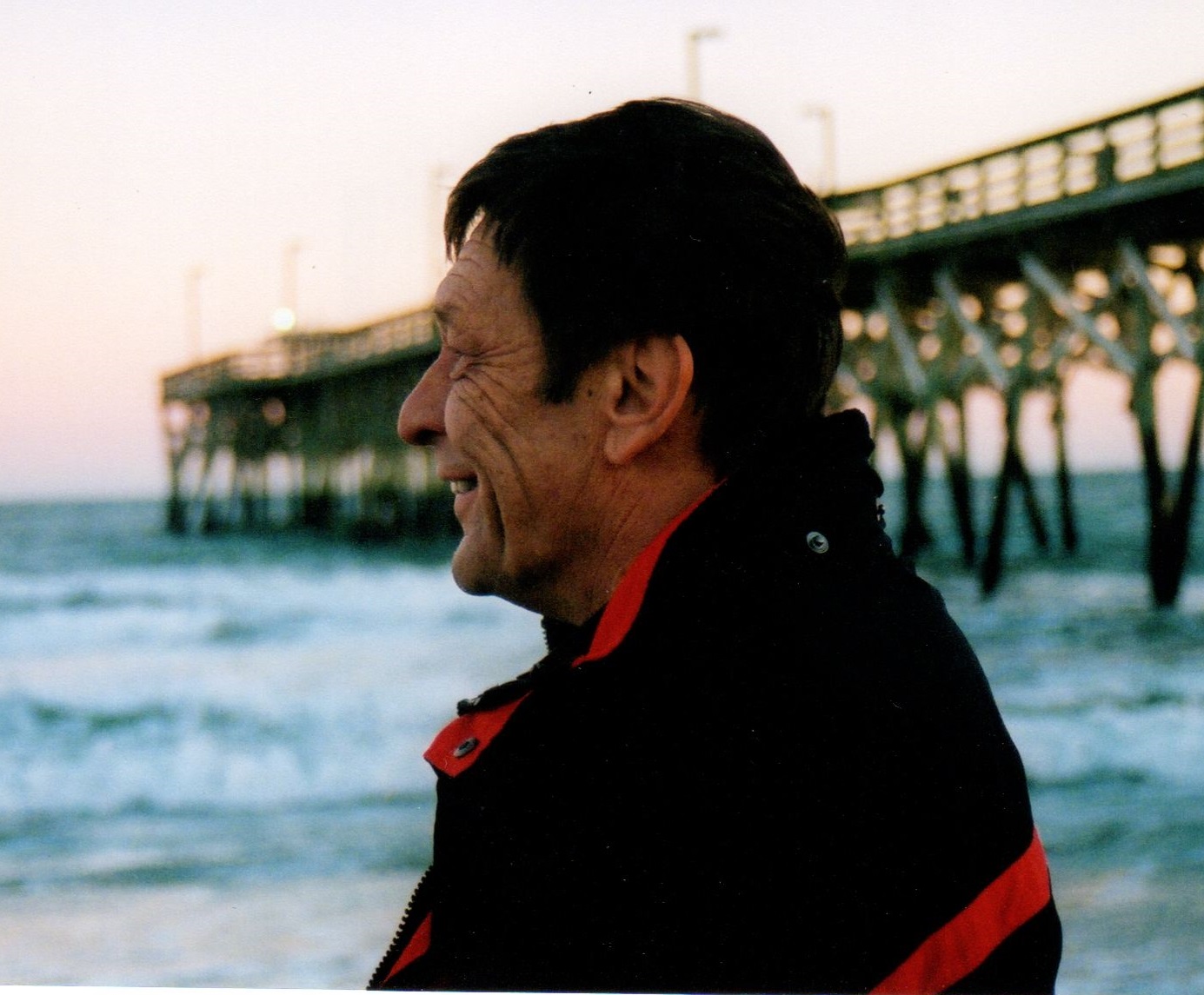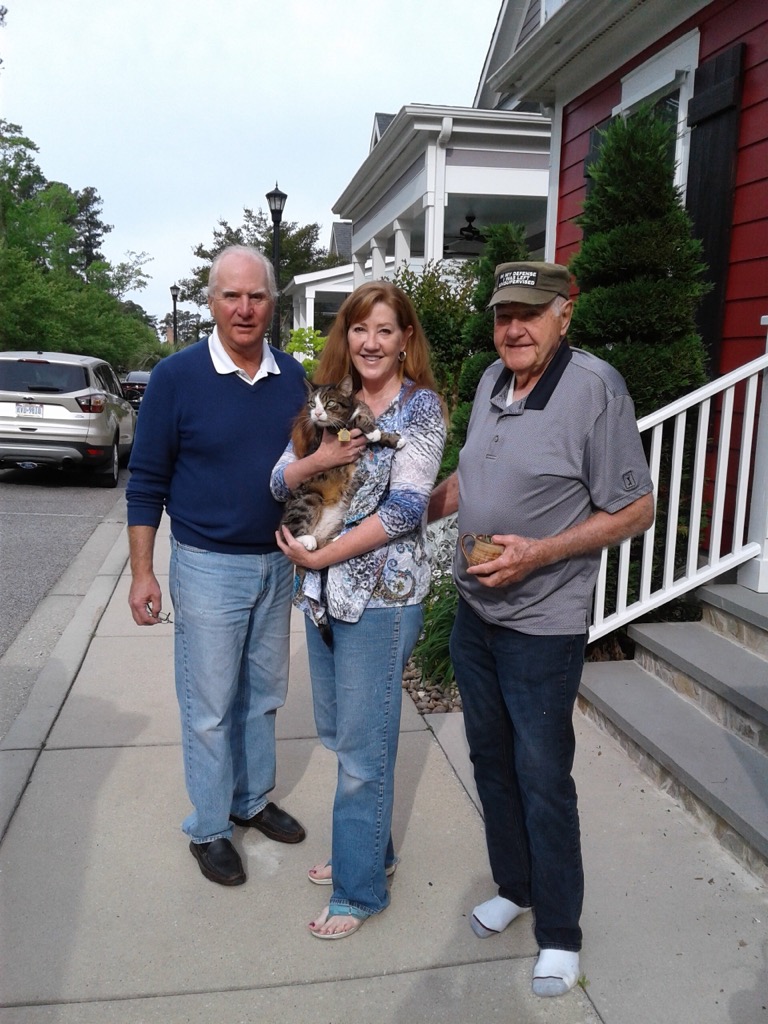The Importance of Thunderhog Exercises & FOLTA During WWII
by Melissa LaScaleia
In the early days before the Myrtle Beach Air Force Base was officially built, the United States Army Air Corps was collaborating in partnership with the local Myrtle Beach airport to provide the infrastructure the U.S. needed to protect our shores from invasion. It was the midst of WWII, and the military urgently needed training and housing facilities.
Hastily constructed wooden buildings were quickly erected to meet the need— offices, barracks, a hospital, maintenance buildings, and various other training facilities. Made of wood and looking a little shabby, the locals began to refer to the area and these structures with a bit of humor mixed with affection, and consequently dubbed the landscape, “Splinter City.”
Although crude, the wooden city served its purpose and enabled wide-scale training to commence within six months. Many of the buildings retained longevity and utility, as in 1943, when one of them was used to house German prisoners of war.
As time went on, the Army Air Corps implemented a variety of architectural and institutional elements at the Myrtle Beach Base to train military personnel. During World War II, the base at Myrtle Beach played a key role in protecting the East Coast from the Nazis and Axis powers, so the training was exacted at the highest standards.
To prepare, the 354th wing renovated a dispersal parking lot area that was located on the east side of the airfield as a practice area for pilots. The area was called the Forward Operation Location Training Area, or FOLTA, and mimicked the layout of the NATO bases that were scattered throughout Europe.
When the units flying A-10 aircraft were deployed oversees, they would be deployed to these bases. Having a base to practice on that matched, as closely as possible where they would be, was a huge military advantage— as it ensured the pilots’ comfort maneuvering craft in this environment. The FOLTA was used by all of the wing’s squadrons.
In a successive era, the 354th participated in numerous deployments to protect our country, and as a result, numerous preparatory trainings. The A-10 airplane, the military aircraft used extensively during this time, was oft-referred to throughout the military by its affectionate nickname, the warthog.
It was so dubbed because of that aircraft’s unattractive appearance and bulky girth, which resembled that equally unattractive animal’s physique. The exercises that the 354th engaged in were known as the Thunderhog, in tribute to the beloved aircraft’s pet-name.
Thunderhog exercises were rigorous, and made it possible for the Wing to launch multiple craft simultaneously or in close succession during simulated combat operations.
During practice exercise Thunderhog IV, the A-10 Thunderbolt II flew 1,270 sorties in ten days, meaning pilots took off with the intent of embarking on a mission. Pilots also learned how to refuel in a chemical environment, and practiced emergency rescue and medical techniques in the field.

